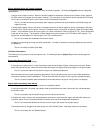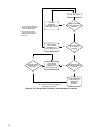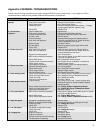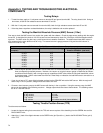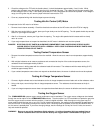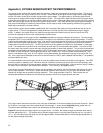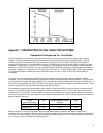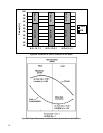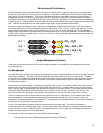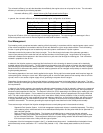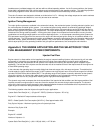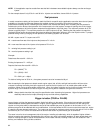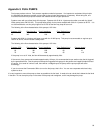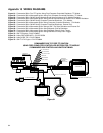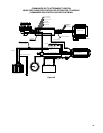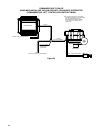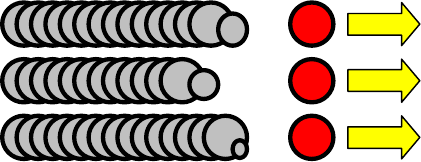
79
Emissions and Performance
Internal combustion engines generate power by burning air and fuel mixtures. In gasoline fueled engines, the proportions of
air and fuel (air/fuel ratio) are critical for optimum combustion. The quality of combustion is directly related to engine power
output and its running characteristics. The goal of a fuel metering system is to generate a homogenous air/fuel mixture. A
homogenous mixture of 14.7 parts of air and 1 part of fuel on a mass basis are required to achieve complete combustion.
Homogenous mixtures are only possible when the fuel is totally vaporized. Vaporization can take place from the metering up
to ignition process. To achieve maximum engine performance all cylinders should receive equal charges at a common air fuel
ratio. Variations in quantity and air fuel ratios generate rough engine running conditions and detonation.
Deviation from stoichiometrically correct air fuel mixtures can generate excessive exhaust emissions, poor fuel economy or
poor engine performance. For stoichiometrically correct air fuel mixture 14.7 lb. of air per 1 part of fuel is required. For best
engine performance a slightly richer mixture is required: 12.6 lb. of air per 1 lb. of fuel. Although this A/F ratio generates
optimum engine performance it generates carbon monoxide emissions due to incomplete combustion. For best fuel economy
a slightly leaner mixture is required: 15.4 lb. of air per 1 lb. of fuel. A 15.4 A/F ratio generates the lowest fuel consumption but
affects engine driveability.
14.7: 1 + CO
2
+ H
2
O
12.6: 1 + CO
2
+ H
2
O + CO
15.4: 1 + CO
2
+ H
2
O + O
2
Figure 60 Air / Fuel Ratio Effect on Emissions Output
Engine Management Systems
Three main functions are performed by the engine management system: air management, fuel management and ignition
timing management.
Air Management
The mass flow rate of the induced air must first be determined to deliver the appropriate amount of fuel to an engine operating
under certain conditions. The engine is like an air pump, with each intake stroke air is drawn into the cylinder. The piston
moving down on its intake stroke increases the cylinder volume and lowers the cylinder pressure. With the intake valve open,
air rushes in from the intake manifold to fill the cylinder and equalizes the differential pressure existent between the intake
manifold and the cylinder.
The pressure in the intake manifold is regulated by the opening of the air valve. The greatest intake air flow occurs when the
throttle valve is fully open and generates the highest intake manifold pressure. The least intake air flow occurs when the air
valve is nearly closed. A closed throttle valve decreases the pressure in the intake manifold. Lower intake manifold pressure
reduces the differential pressure between the intake and the cylinder directly reducing the airflow into the cylinders. The
amount of fuel required to generate a stoichiometric mixture depends on how much air was induced into the cylinder.
There are 3 methods commonly used to determine the mass flow rate of air: speed density, air flow measurement and air
mass measurement. In the speed density method the ECU calculates the induced amount of air based on the air inlet
temperature, intake manifold pressure and engine RPM. The temperature and manifold pressure are required to calculate the
density of the air and the RPM to calculate the flow.
In the air flow measurement approach the flow is measured using a vane type meter. The air density changes are
compensated via an air inlet temperature sensor. In the air mass measurement method, the air charge is measured directly
using a hot wire or hot film air mass flow sensor. The heated element is part of a bridge circuit that keeps the element at a
constant temperature above the inlet air temperature.
The volumetric air flow rate is determined by the following general equation:
Volumetric Air Flow Rate= (RPM/60)*(Displacement/2)*Volumetric Efficiency



